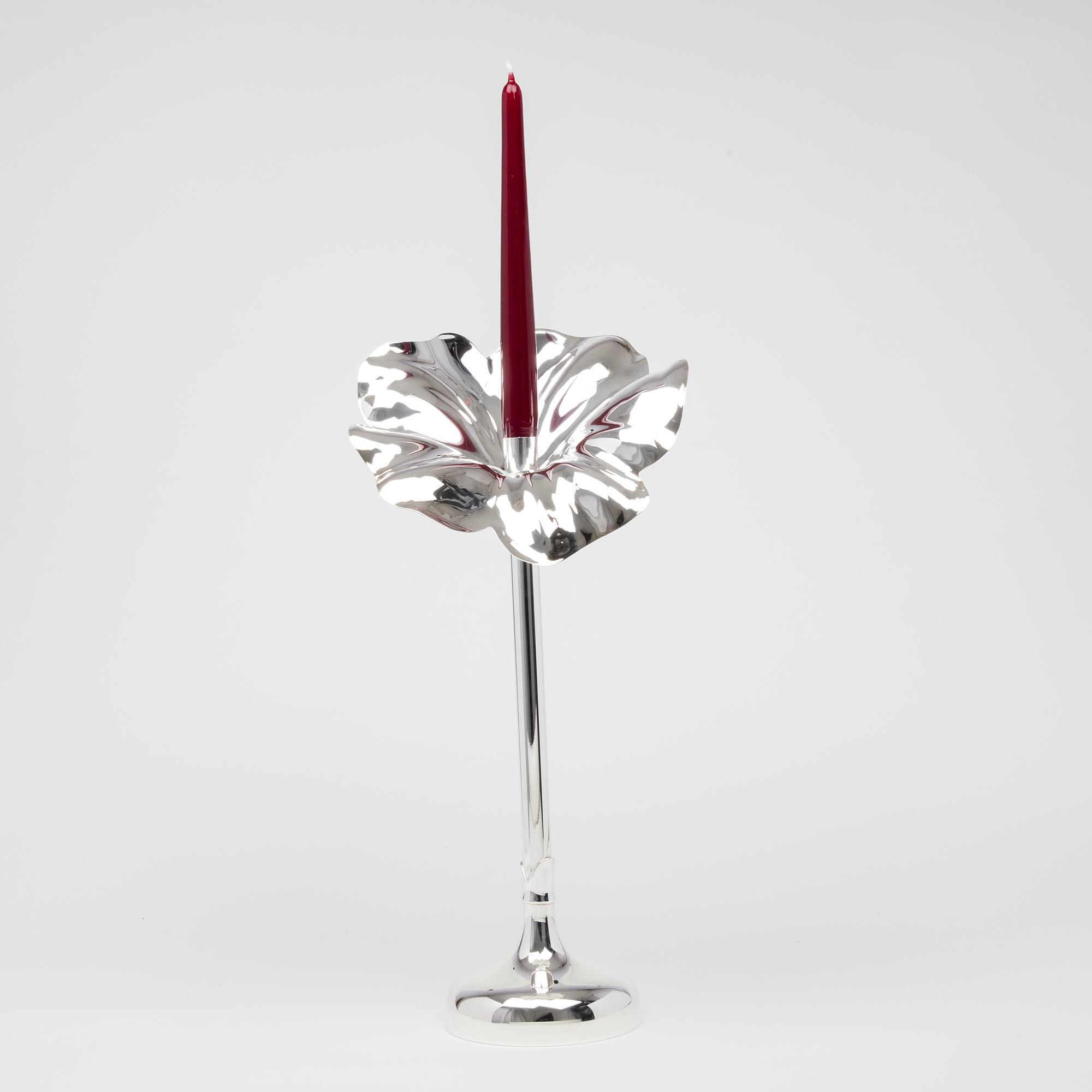- Home
- Tableware
- Menu & place card holders
- Silver pheasant & partridge menu holders
Silver pheasant & partridge menu holders
Silver pheasant & partridge menu holders
5283
A pair of nicely and realistically details silver menu holders cast as a pheasant and a grouse on a landscape ground.
As a fine and traditional addition to fine dining, it was the Victorians who first introduced menu holders to our dining tables. Silver menu holders and place card holders were first created to hold a card displaying the menu and, rather than putting a place card holder and name in front of each diner as we often do today, silver menu holders were spread and passed around the dining table. For that reason, we most frequently find sets of four silver menu holders, or pairs. Larger sets of six and eight can be found, while ten or a dozen silver menu or place card holders are fairly rare.
In the 19th century, silver menu holders often featured family crests plus more whimsical, nature-related themes, and after 1901 the practice flourished among well-to-do Edwardians. King Edward VII was a gourmand and liked to introduce a wide variety of unusual and exotic foods to his guests, many of which needed explanation. Marry this with his enthusiasm for shooting parties and the country pursuits of hunting and fishing, and we can see why so many antique silver menu and place card holders feature foxes, fish, game birds or other motifs on the same theme.
Berthold Müller, an agent in London and Chester, was the most notable importer of German silverware and enjoyed a long and successful business relationship with Neresheimer & Co, a noteworthy and prolific silver manufacturer in Hanau, Germany. Like Neresheimer, a large number of Hanau silversmiths produced silver objects for export to England and the USA.
Dimensions:
c1895
Germany
Excellent
Thank you for your enquiry.
We will get back to you soon.
Please create wishlist to add this item to
RELATED ITEMS























